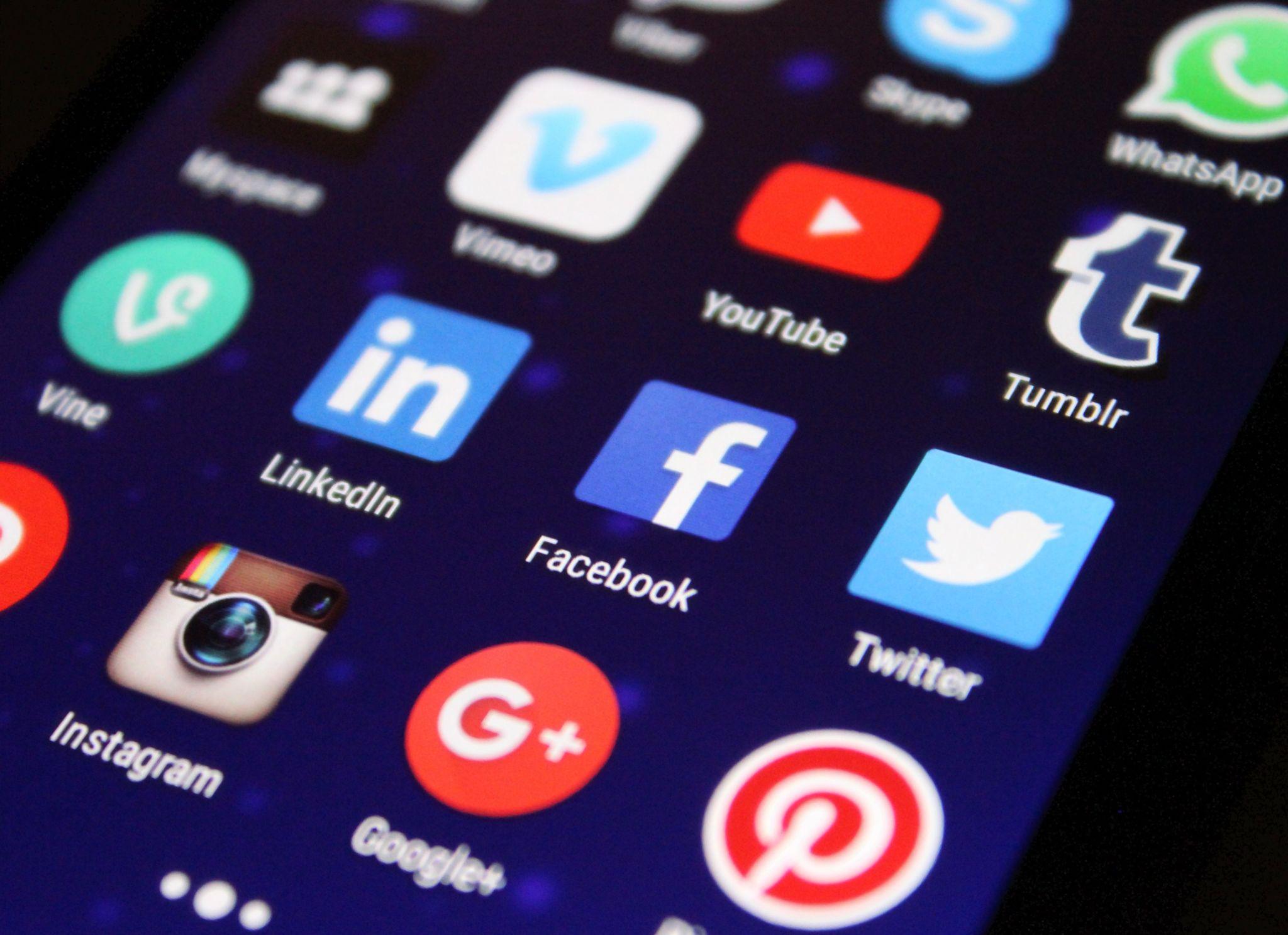Tips For Protecting Your Social Media Accounts

Tips For Protecting Your Social Media Accounts
Social media has become an integral part of our lives, with millions of users around the world engaging in online platforms like Facebook, Twitter, Instagram, and more. We depend on these networks to connect with friends and family, share our thoughts and opinions, and even find new job opportunities. But as more of our personal lives are online, it is important to remember that our social media accounts are just as vulnerable to hackers and other malicious actors as our computer systems and networks. That’s why it is essential to take measures to protect our social media accounts. For more information visit us, https://accountscorner.com/.
Why It’s Important To Protect Your Accounts
Protecting your accounts is an essential part of maintaining your online security and privacy. It guards against unauthorised access to your sensitive data and helps protect you from identity theft, financial fraud, and other malicious online activities. When you create accounts online, you provide a lot of personal information that, if accessed by criminals, could be used to commit fraud and other crimes. By protecting your accounts, you can reduce the risk of this information falling into the wrong hands, and ensure that you remain safe online. The most important thing you can do is choose strong passwords and keep them secure.
Avoid using simple passwords, such as your name or birthdate, and use a combination of uppercase and lowercase letters, numbers, and special characters. It is also important to use different passwords for each of your online accounts and change them regularly. You should also enable two-factor authentication (2FA) when available. 2FA requires you to enter a one-time code, sent to your phone or email address, in addition to your password, to access your account. This helps prevent unauthorised access even if someone knows your password.
Tips For Securing Your Accounts
1. Use Strong And Unique Passwords
One of the most important steps for securing your accounts is to use strong and unique passwords for each account. Combining upper and lower case letters, numbers, and special characters makes for a more secure password. The minimum length is eight characters. Additionally, it’s important to use different passwords for different accounts. This way, if one password is compromised, the other accounts are still secure.
2. Enable Two-Factor Authentication
Enabling two-factor authentication on your accounts is another important step for securing them. Two-factor authentication requires an additional layer of security beyond your password. This could be entering a code sent via text message or using a physical security key. Adding this extra layer of security can help to protect your accounts from unauthorised access.
3. Set Up Account Alerts
Setting up account alerts is a great way to keep an eye on your accounts. Most online accounts offer the option to set up alerts for certain activities, such as logging in from a new device or making a purchase. This allows you to be notified of any suspicious activity on your accounts and take action if needed.
4. Monitor Your Credit Report
Monitoring your credit report is another important step. You can set up a credit monitoring service to keep track of any changes to your accounts and quickly take action if there’s any suspicious activity.
5. Review Your Account Settings
Finally, it’s important to review your account settings on a regular basis. Make sure that the settings are up to date and that only authorised users have access to the account. This is especially important if you’re using a shared account with family or friends.
Setting Up Alerts For Suspicious Activity
Setting up alerts for suspicious activity in social media accounts is a crucial step in protecting your online presence. By setting up alerts, you can quickly identify any suspicious activity and take the necessary steps to mitigate the risks. First, you should set up notifications for any changes to your account, such as password changes or new contacts added. This way, you can be immediately alerted if someone is attempting to access your account without your knowledge.
You should also look into setting up alerts for any suspicious posts or comments from your account. This can help you identify potential attackers or malicious actors trying to spread malicious information or links through your account. Finally, you should monitor your account for any suspicious activity, such as posts or comments from unknown sources. This will help you identify any potential threats before they can cause any damage. By setting up alerts for suspicious activity in social media accounts, you can rapidly respond to threats and protect your online presence.
Keeping Personal Information Private
Keeping personal information private is essential in today’s digital world. To protect your personal information, there are a few steps you can take.
- Be mindful of the websites you visit and the personal information you share online. Be sure to read the privacy policies of any website before you submit any personal information. Additionally, take steps to limit the amount of personal information you post on social media and other public platforms.
- Use strong passwords and two-factor authentication. Strong passwords are composed of at least 8 characters, including upper and lower case letters, numbers, and special characters. Two-factor authentication is the gold standard for account security. A code will be sent to your phone or email and you’ll need to use that in addition to your password.
- Keep your devices secure. Install and regularly update anti-malware and antivirus software on any devices and networks you use. Enable firewalls and other security settings. Additionally, be sure to back up all of your data, both online and offline, in case of a breach or cyber attack.
- Be aware of phishing attacks. Criminals often use fake emails, text messages, and social media messages to try and get access to your personal information
Keep Your Operating System And Software Updated
Keeping your operating system and software updated is an essential part of protecting your social media accounts. Regular updates help ensure your system has the latest security patches, bug fixes, and performance improvements. When updates become available, install them right away. This is especially important for operating system updates, as they typically contain security patches and bug fixes. It is also important to make sure your software is up to date. This means keeping your web browsers, plugins, and antivirus software current.
Another important element is to make sure your device is password protected. This includes creating strong passwords with a combination of upper and lower case letters, numbers, and special characters. Additionally, make sure your passwords are unique and not shared with other accounts. It is also important to take proactive steps to guard against malware and other malicious threats. This can be done by using reputable information Using reputable antivirus and antimalware software can help protect your system from malicious threats.
Make sure to keep your antivirus program up to date, and scan your system regularly to identify and remove any malicious programs. Additionally, be sure to use a secure and reliable web browser, such as Google Chrome or Mozilla Firefox, and install any available security updates. You should also be aware of phishing scams and other malicious activity, such as suspicious emails and links. If you receive a suspicious link or email, do not click on it. Instead, delete it immediately and contact the company or website it claims to be from.
Conclusion
By following these tips, you can ensure that your social media accounts stay safe and secure. Don’t forget to regularly check your accounts for any suspicious activity, and always create strong passwords that are unique to each account. With a little bit of effort, you can protect yourself from hackers and protect your valuable data. So, stay vigilant and keep your accounts safe!





